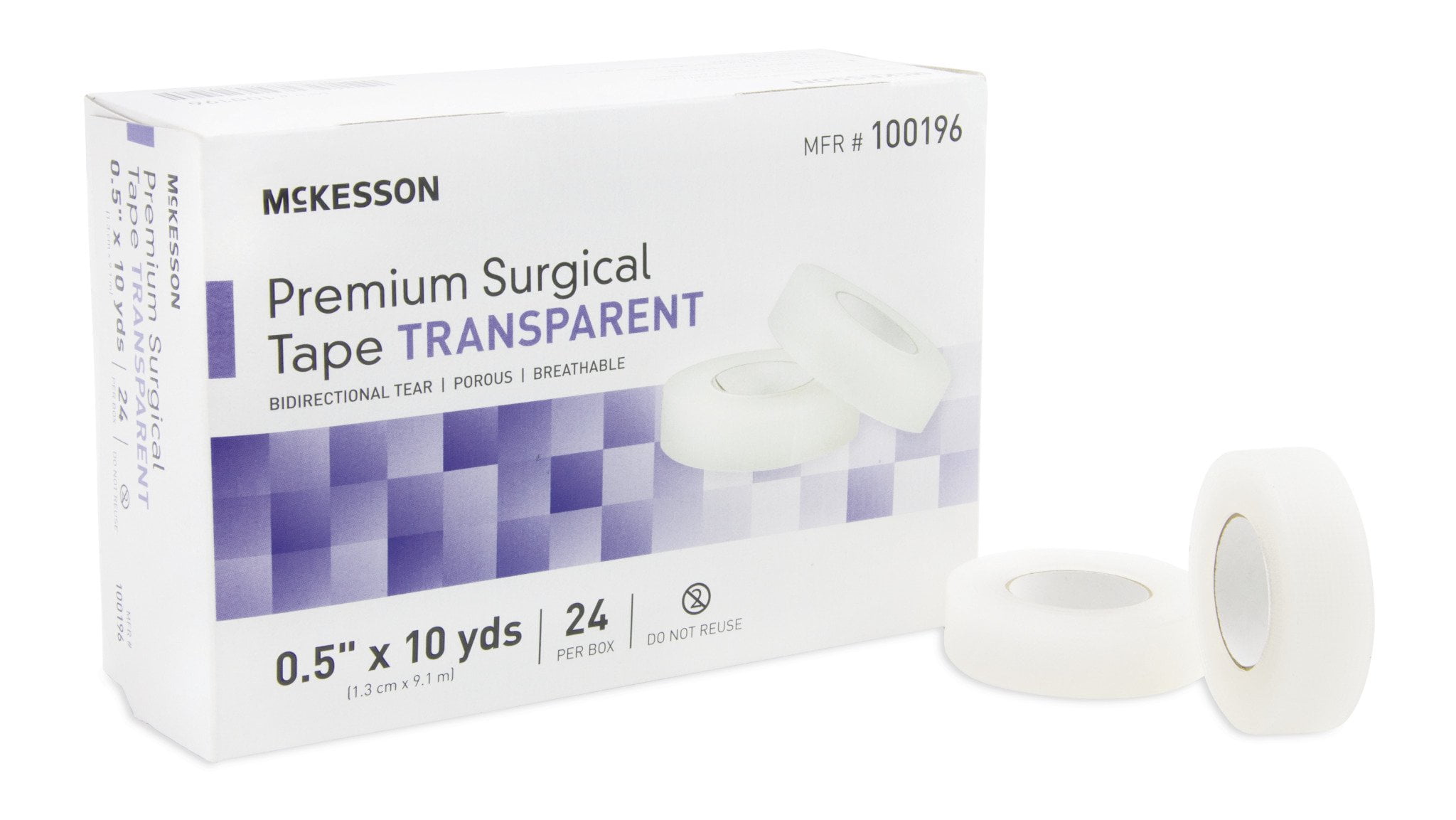
One study showed that people who used commercial binders experienced increased risk for the highest number of negative symptoms from binding, followed by those who used bandages, and plastic wrap or duct tape (2). What people use to bind their chests with is a very personal choice, and finding a standard “best type of binder” for everyone is unclear.
#TRANS TAPE REVIEW SKIN#
People with larger breasts were more likely to experience skin and soft tissue issues (2). Long term binding (over years) was also more likely to be associated with negative symptoms, particularly skin, tissues, and musculoskeletal problems (2). For this reason, taking days off between binding may help decrease this risk. People who bind their chest more frequently (every day) are more likely to experience negative symptoms. According to these studies, chest binding helps people decrease their gender dysphoria, as well as feelings of anxiety or suicidality, while increasing feelings of confidence in public and self-esteem (2).

However, a lot of people feel better mentally and emotionally when they bind. Common side effects of chest bindingħ6-78% of people in studies reported skin/tissue problems, like tenderness, scarring, swelling, itching, infectionsħ4-75% of people reported pain in chest, shoulders, back or abdomenĥ1-52% of people reported respiratory problems (like shortness of breath)Ĥ7-49% of people reported musculoskeletal symptoms, like postural changes, muscle wasting, or rib fractures (2,3) Both of these studies are based on data from 1,800 responders to an online survey.Īcross both studies, the majority of people (89-97%) reported experiencing at least one negative symptom from chest binding (2,3). They were cross-sectional studies, observing a specific population (people who chest bind) at a specific point in time, and were published in 20.

Two studies have been completed that focus specifically on people who bind.
#TRANS TAPE REVIEW HOW TO#
(Here’s a guide for finding a trans-friendly doctor and how to seek better care from the ones you do have.) There haven’t been many studies about the health effects of binding, so it’s important to listen to experiences of others, and to talk to your healthcare provider.
#TRANS TAPE REVIEW FREE#
Wearing binders that are too tight can cause underlying tissue and muscle damage, prevent free movement, and even restrict a person’s ability to breathe. Tightly covering the skin and chest with materials that don’t allow free-flowing air can create warm, moist environments for bacterial and fungal infections to develop. Like many things people do to modify their outward appearance (wearing high heels, or shaving facial hair), chest binding comes with some risks.īinding can affect skin, muscles, and movement, particularly over long periods of time.

One study surveying people who bind reported that the average person bound their chest for around 10 hours per day, with the most popular methods being commercial chest binders, followed by sports bras, shirt or bra layering, and bandages or elastic materials (2). Some people bind only for special occasions, others every day. Others wear commercially-available binders specially designed for this purpose (2).Įveryone binds differently. People bind in many different ways: Some people wrap their chests with elastic bandages, some wear a sports bra, neoprene or athletic compression wear, or layer several sports bras or shirts. Binding can reduce gender dysphoria and improve mental health, but it can also cause negative physical health symptoms (2). For some trans and non-binary people, breasts are a source of gender dysphoria, as they’re a visual reminder of a person’s birth-assigned sex (1).


 0 kommentar(er)
0 kommentar(er)
